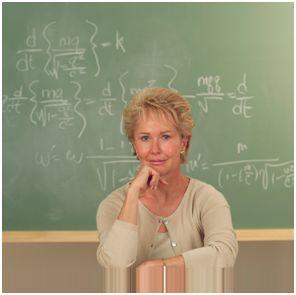March 14th (3/14) is also known as Pi Day, an annual celebration commemorating the mathematical constant π. Officially recognized by the US House of Representatives in 2009, Pi Day was first celebrated on a large scale in 1988 at the San Francisco Exploratorium. Pi is a symbol used to represent the ratio of the circumference of a circle to its diameter, which is approximately 3.14159. Pi Day is a great way to break out of the winter doldrums by having fun with math!
Fun Fact: Did you know that Pi Day is also Albert Einstein‘s birthday?
Math has escaped the classroom! Check out the Pi Sightings page to see Pi everywhere.
Check out all these Pi Day activities:
Parents: There are many math activities that can be done at home, but in talking with students and parents, the favorite way to celebrate Pi Day at home is by bringing some pi(e) to the dinner table. Chicken pot pie, shephards pie and of course, pizza pie are all great choices for a pi-themed meal. There are even more choices to finish off your meal with, as pie is definitely a family-favorite dessert. Check out this great list of ideas for other edible (and non-edible) ways to celebrate Pi.
Other fun ways to celebrate at home include taking a family walk, jog or bike ride for 3.14 miles. NY Weather not cooperating? Hop in the car for a short 3.14 mile drive. Locally, The Rochester Museum and Science Center has special Pi Day activities from 3:14 – 6:28 pm on Friday. If you can’t make it on Friday, they will have the same activities on Saturday and Sunday from 12-4.
Teachers: Find grade-specific activities at Education World. Want to include some Pi Day fun into your ELA classes? Try writing a Pi-ku, a math version of the traditional 5-7-5 syllabic haiku. A Pi-ku of course, follows a 3-1-4 syllabic pattern.

Fun pi t-shirt from http://www.zazzle.com
For example:
Math is fun
When
Mixed with some pie
See this fun idea along with 4 others in the HOMEROOM (US Dept. of Ed blog).
A look ahead to next year: In the year 2015, Pi Day will have special significance on 3/14/15 at 9:26:53 a.m. and p.m., with the date and time representing the first 10 digits of pi.
Need more ideas? Visit the Pi Day website and Teach Pi website for many more ideas and resources.




 Posted by tammybon
Posted by tammybon 
